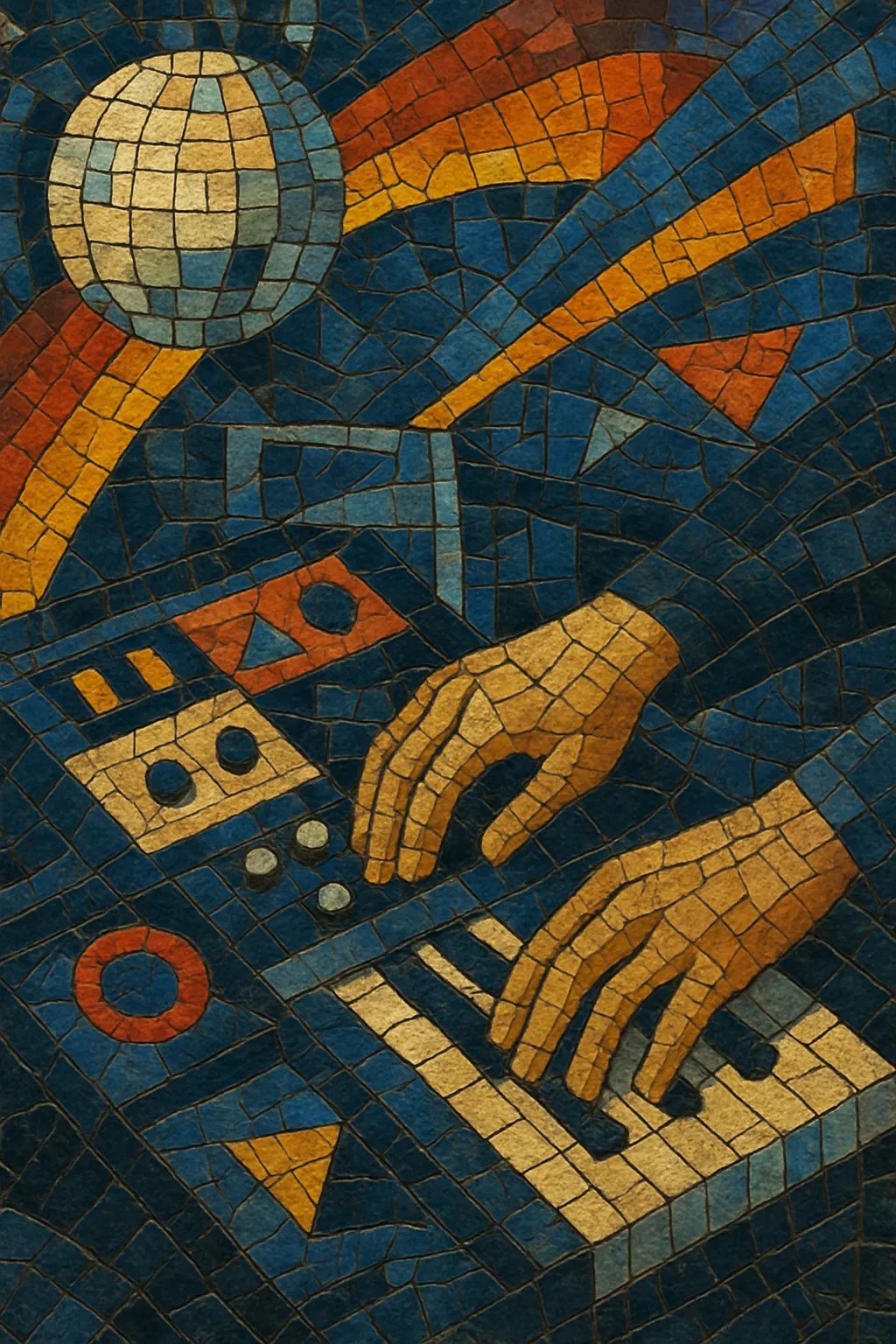French electro is a French-born strain of electronic dance music that blends the groove and sampling ethos of house and disco with crisp electro rhythms, bold compression, and a distinct sense of melody and style. It is closely associated with the so‑called French Touch movement, yet extends beyond filter‑disco into a harder, more synth‑driven palette.
Hallmarks include four‑on‑the‑floor drums, sidechain “pumping” dynamics, saturated or distorted bass lines, glossy or bit‑gritty synths, vocoder/talkbox hooks, and catchy, often nostalgic chord progressions. The sound ranges from sleek, funky and radio‑friendly to abrasive, electro‑rock energy, but it consistently favors strong hooks, polished production, and dancefloor momentum.
French electro took shape in the mid‑to‑late 1990s alongside the broader French Touch moment, with Paris as a creative hub. Producers drew deeply from American disco and house, filtering samples, compressing drums to breathe with the kick, and pairing them with glossy synth work informed by synth‑pop, electro, and Italo‑disco. Early singles and albums by artists like Daft Punk, Cassius, and Étienne de Crécy set international expectations for a distinctly French sense of groove and production polish.
In the 2000s, labels such as Ed Banger Records, Kitsuné, and Virgin/EMI imprints helped crystallize a more aggressive, electro‑rock edge. Justice, Mr. Oizo, and Vitalic pushed heavier distortion, overdriven sidechain compression, and big, anthemic hooks—an approach that resonated in clubs and on festival stages worldwide. The “bloghouse” era amplified the scene’s global reach, with French electro tracks and remixes circulating rapidly online.
French electro’s sleek, cinematic character found a home in film, TV, and advertising. Kavinsky’s retro‑futurist aesthetic helped bridge the movement to the synthwave renaissance, while acts like Air showcased a smoother, downtempo side that attracted audiophile and soundtrack audiences. The scene continued to evolve via collaborations between house, indie, and pop, sustaining a strong influence on international dance‑pop and indie electronic.
The genre’s signature techniques—filtering, sidechain pumping, vocoded vocals, and a disco‑to‑electro harmonic language—remain staples across EDM and pop production. French electro’s blend of style, melody, and sonic bravado helped shape electro house, nu‑disco, and indie dance, and it continues to inform producers who aim for music that is both club‑effective and emotionally evocative.


